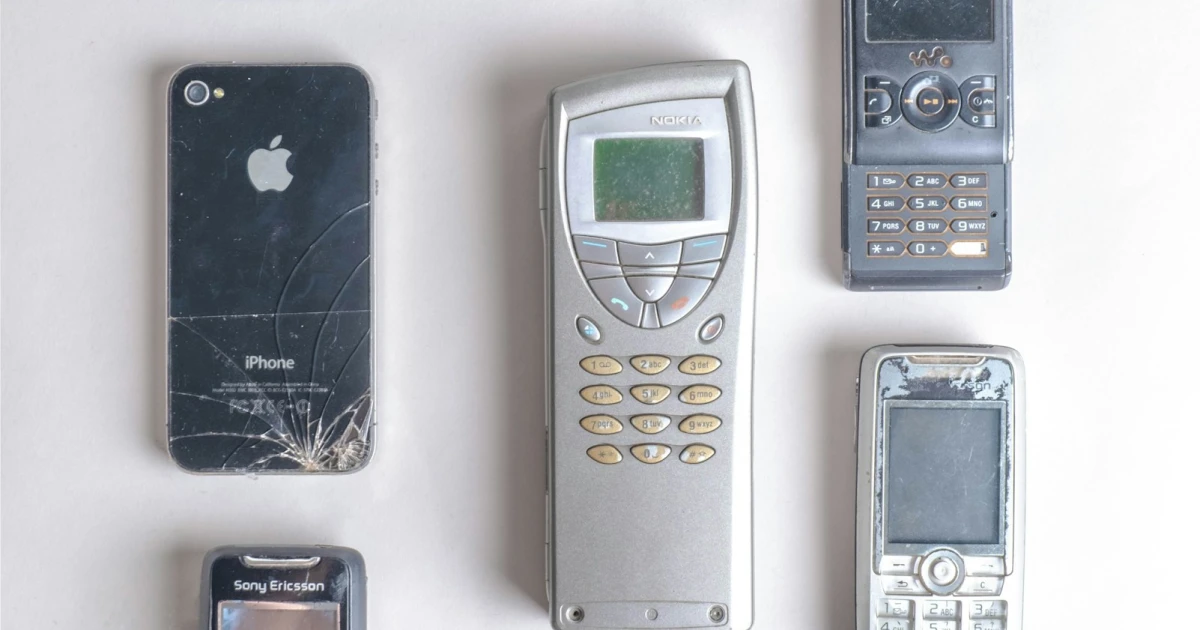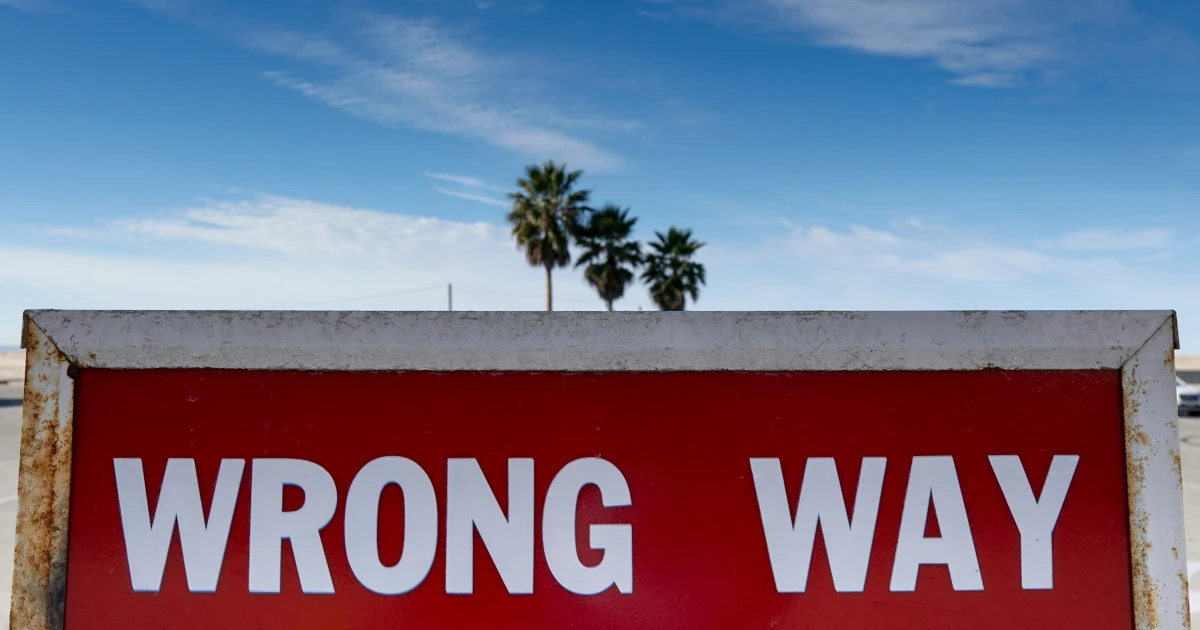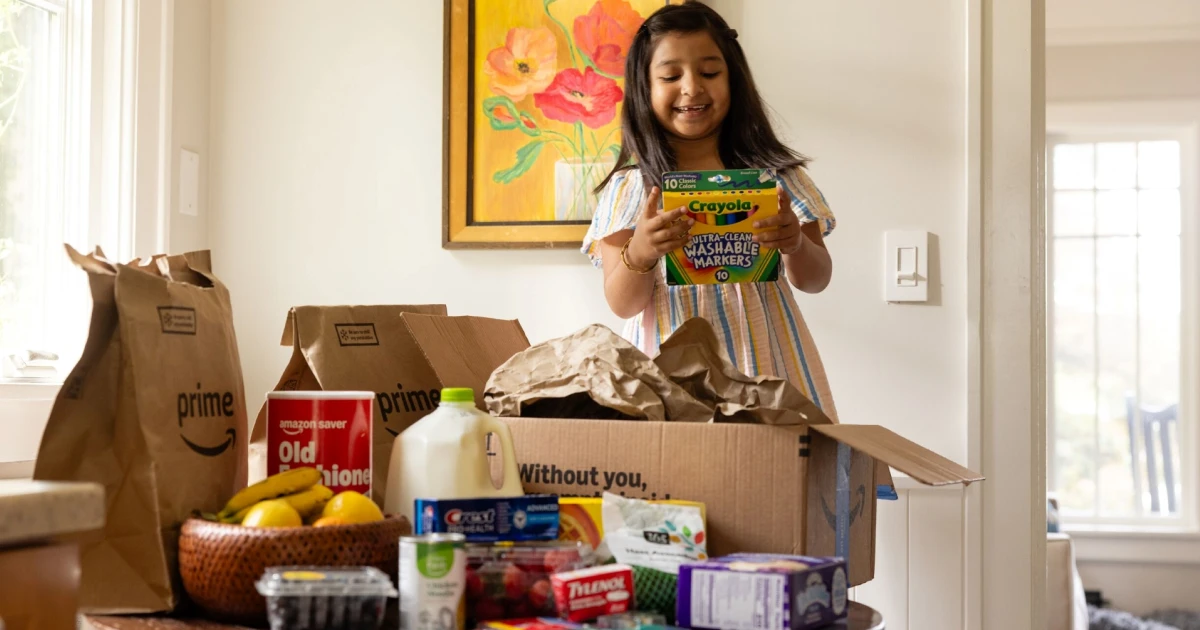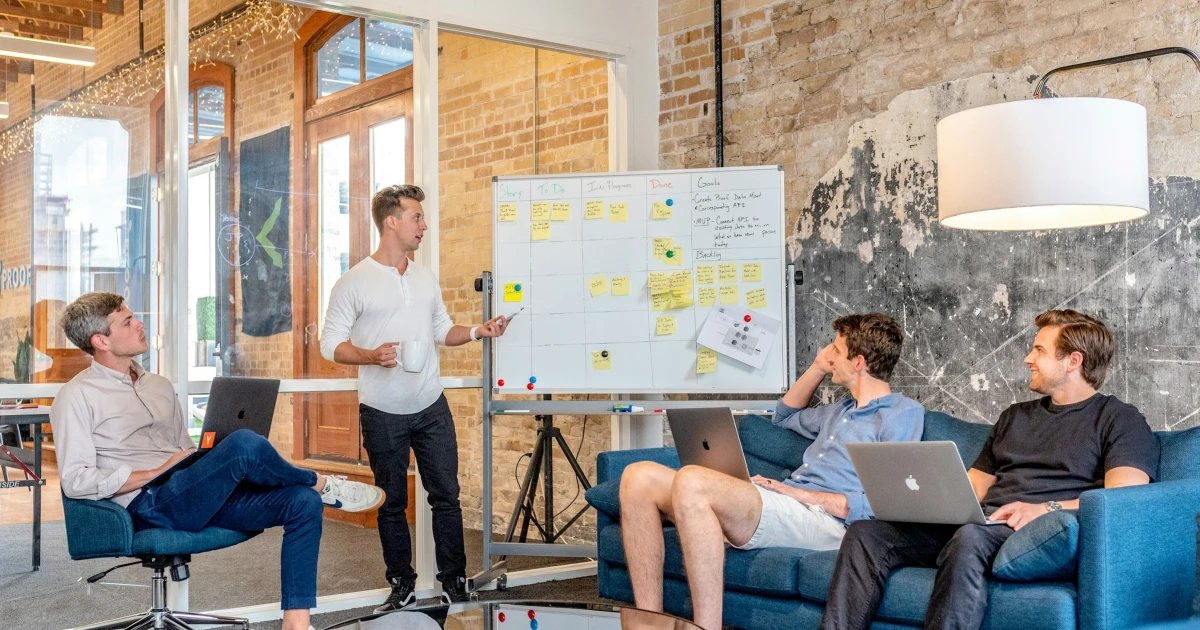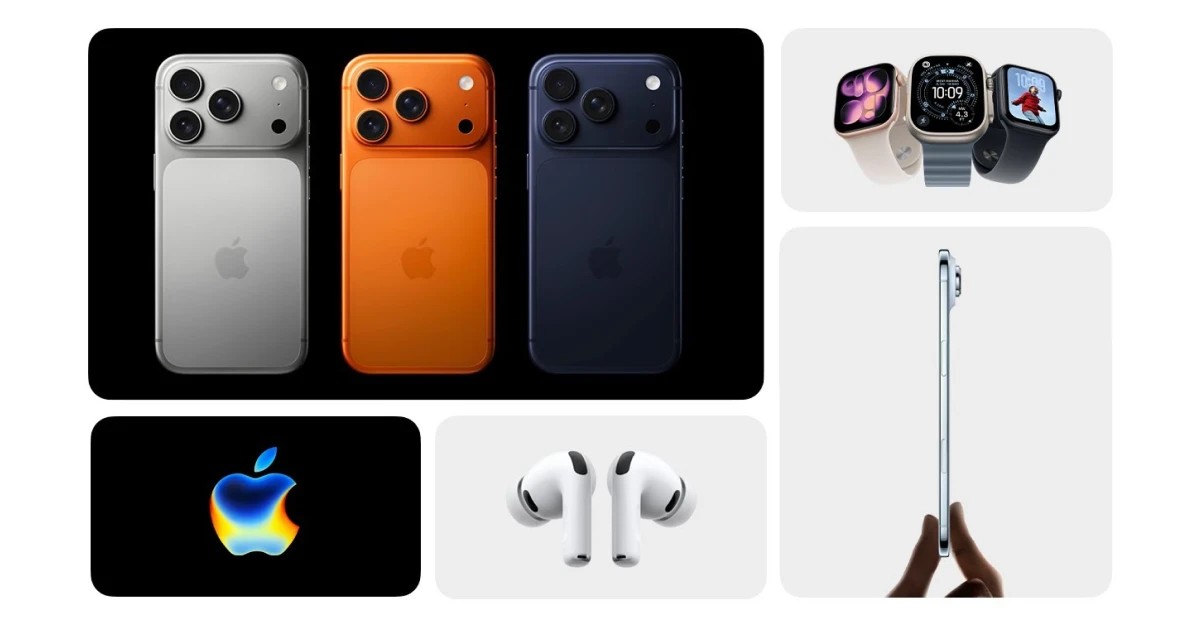Environmental sustainability protects the planet from pollution and other causes and maintains an ecological balance. It makes sure we respect our planet's needs. It makes us aware that the resources we have are limited and it teaches us to conserve them. Packaging waste, water waste, and carbon footprint are some of the main topics when it comes to protecting the environment. Many companies like McDonald’s, UPS, and Walmart, are now stepping up and replacing the plastic used to help reduce the carbon footprint. For instance, McDonald's has committed to reducing its greenhouse gas emissions by 36% by 2030 and cutting 31% per metric ton of food and packaging, which is the equivalent of taking 32 million cars off the road for a year.
Next, we have economic sustainability. This teaches us how to make long-lasting decisions that won’t affect the environment and the future of the planet. Economic sustainability also encourages us to make smart business decisions that will lead to long-term economic growth. How? By not relying on the planet’s natural resources and realizing that they are limited. We can also switch to renewable energy sources. Solar panels or wind power energy are two great examples. According to a, about 30 percent of the world's electricity comes from renewable sources.
And, last but not least we have social sustainability - putting the people first. This stands for identifying and managing the positive and negative impacts on people. By creating healthy and livable communities that promote social inclusion. Creating decent jobs and providing schools also help social sustainability. And, that’s not all! Fair labor, respecting human rights, diversity, and work-life balance are part of the dream social sustainability environment.
For starters - think twice before purchasing anything! Do you really need another pair of jeans that looks exactly like the others that you have? Or that new phone, just because your own is the previous model? We both know you don’t. So, why encourage mass production that causes so much air pollution? By choosing not to purchase unnecessary items, people can reduce the demand for fast fashion and other items that require plenty of resources to produce. This will reduce the amount of waste produced and the amount of pollution created to make these items.
Another great thing you can do is go plastic-free! As we all know plastic doesn’t go away and it has a big impact on the environment. Going plastic-free is not only important to reduce the amount of waste produced, but it is essential to preserving the planet's marine life. When marine animals mistake plastic for prey, they often die of starvation as their stomachs become filled with plastic. They also suffer from lacerations, infections, reduced ability to swim, and internal injuries. Every choice you make impacts the environment, so doing your part to go plastic-free and recycle can help ensure the future of our oceans for generations to come.
Did you ever think of switching to solar energy? Solar panels can help reduce your electricity bill, as well as your carbon footprint. Composting can also help reduce the amount of waste sent to landfills, as well as provide nutrients to the soil. Energy-saving light bulbs might be a great idea - as they use less energy, resulting in both lower electricity bills and less environmental impact and less CO2. If you can’t go with solar panels - this is the way.
And remember - we can also help the environment by donating and refurbishing furniture and clothes.
And in the end - you better start planting trees to help with the deforestation problem. By planting trees you will help the fauna redeem and rebuild the homes of many animals. As a fun fact - an Estonian company created a robot that helps the deforestation problem. The robot can nurture and plant up to a hectare of forest in less than 6 hours!
Being more sustainable is a must in this era. We all need to take care of our planet and make the necessary changes to ensure a safe space for future generations. Climate change is happening and if being more sustainable is the solution we need to act now!





